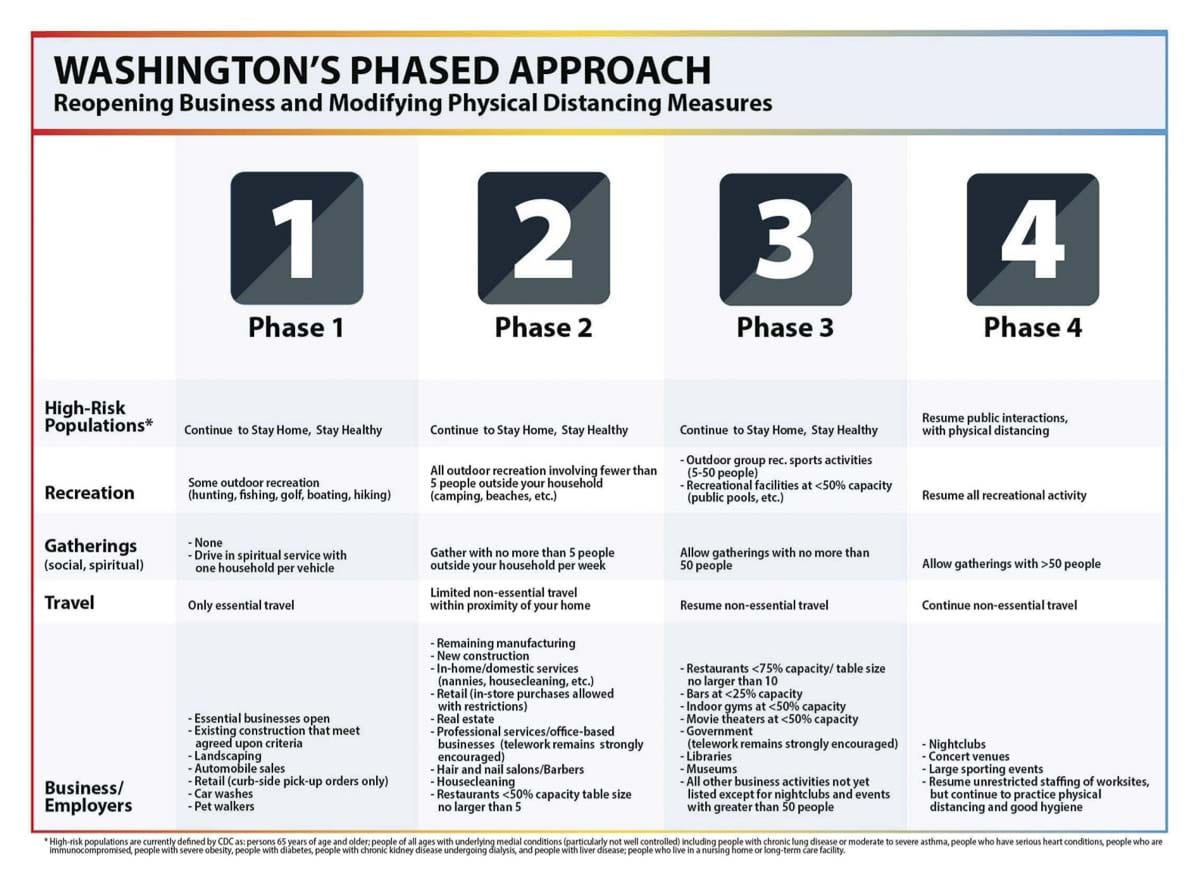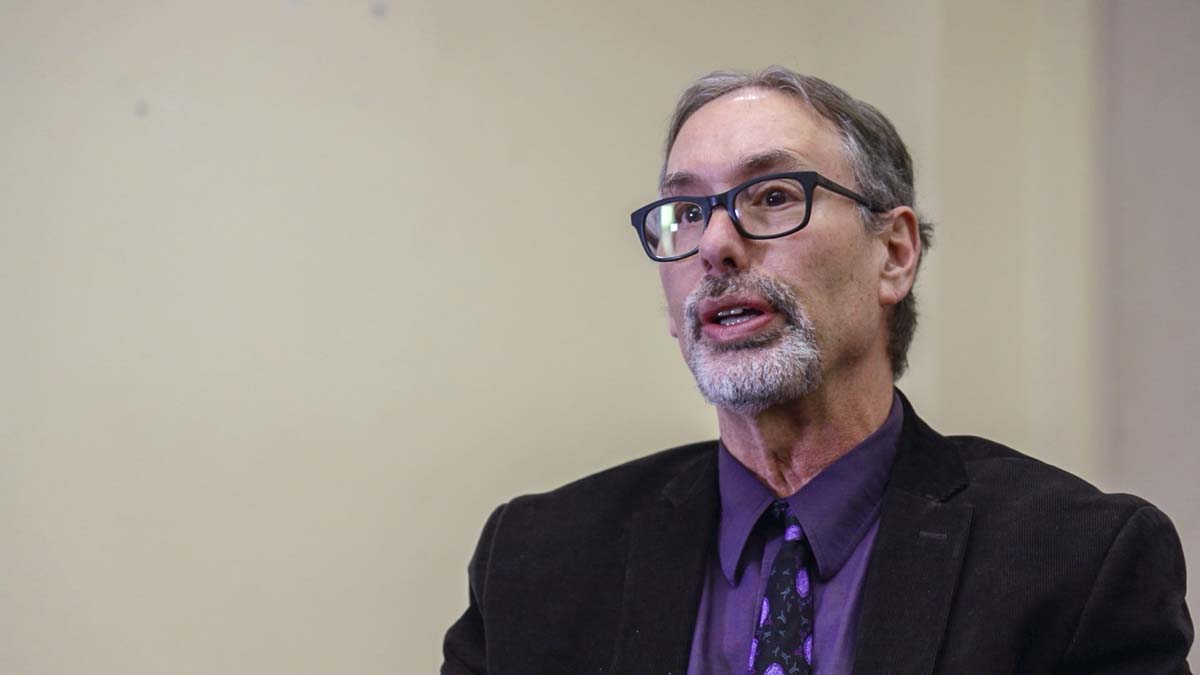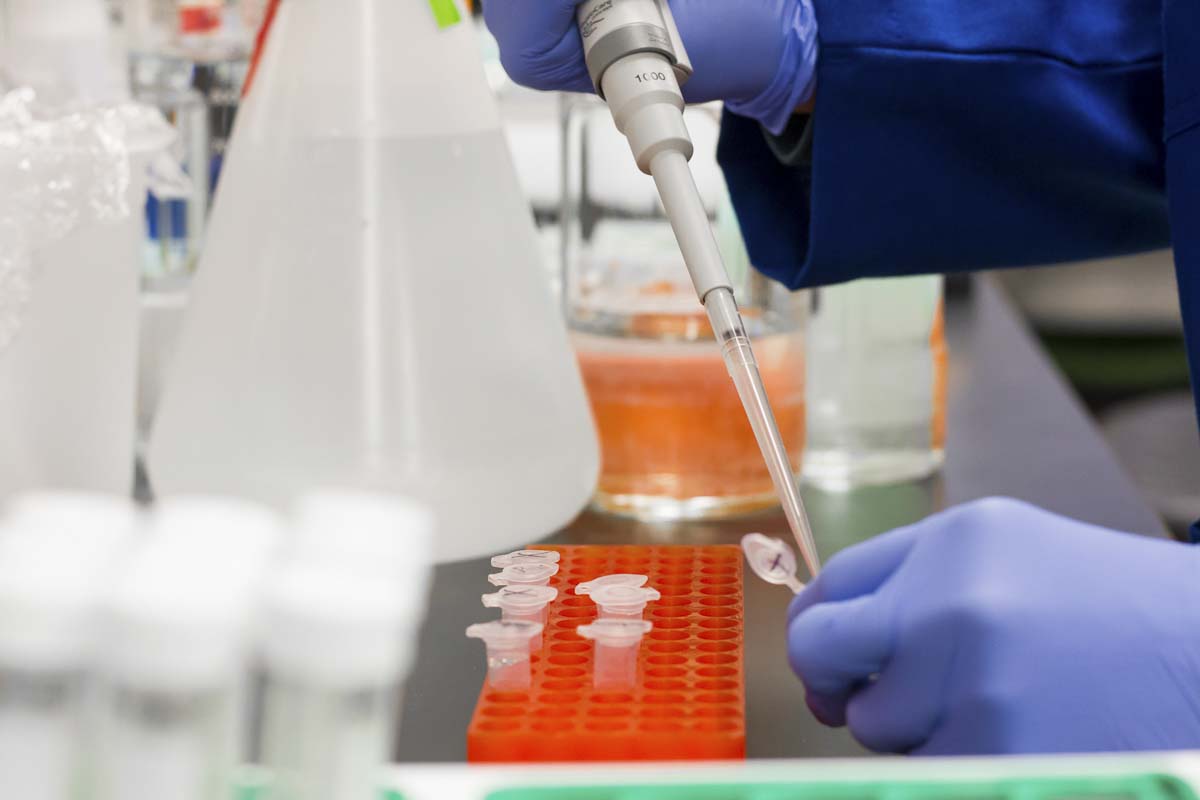One metric – accurate testing data – had been especially hard to come by
CLARK COUNTY — As Clark County inches its way towards 400 confirmed cases of COVID-19, political leaders increasingly chafe under the growing weight of the economic impact.
As part of his plan for a four-phased approach to easing his own stay-at-home order, Gov. Jay Inslee has indicated that testing and contact tracing would be among the necessary elements, along with disease activity, health care system readiness, and risk to vulnerable populations.

According to data provided by the state, as of May 6 providers were performing approximately 4,800 COVID-19 tests per day, out of a capacity of more than 22,200. The governor has said he would like to see the state capable of doing 30,000-40,000 tests per day by the time the lockdown is fully lifted.
But what those testing and tracing requirements look like at a more local level remains unclear.
At a work session for the Clark County Board of Public Health on Wednesday, county leaders pushed Dr. Alan Melnick, the public health officer and medical director, for details on exactly how much testing is happening here.

“We need to know an exact number,” said Councilor Gary Medvigy, “so we can follow it as a metric to see if we’re achieving it or not.”
According to Melnick, there are between 200 and 250 tests being done each day in Clark County, but an accurate number has been difficult to come by, since providers aren’t required to report negative tests.
“Being able to track, accurately, all testing that we’re doing needs to be as a matter of a course because that’s what the governors told us,” Medvigy pressed.
Melnick responded that his department has never been given information about just how many tests needed to be done in order to potentially qualify for a move to Phase 2 of reopening.
Broad testing is currently being done at area homeless shelters, along with any adult care home in which there has been a confirmed case. Legacy Health Systems and PeaceHealth Southwest are also reportedly testing all hospital admissions, regardless of symptoms.

Last week, the county sent out a release, urging anyone experiencing symptoms to seek testing.
“Why more people aren’t getting tested, I’m not sure I can definitively answer that,” Melnick told the board. “The demand may not be as high as we’d like it to be.”
“If there’s no demand, how do we meet this testing criteria?” countered County Chair Eileen Quiring. “We have to do something in order to have these tests take place, do we not?”
Melnick said he would prefer to see around 500 tests being done per day, in order to bring down the current 3-4 percent positive rate. But Medvigy pushed back, saying they need concrete data in order to prove to the governor that Clark County should be able to apply for a waiver to move ahead with reopening more quickly.
“Saying that we’re doing better, we have more capacity, I don’t think that’s accurate, or enough fidelity to satisfy the people of our county or the governor’s task force on this,” added Medvigy.
Public Health is in the midst of finalizing a proposal to spend up to $8.1 million to hire 18 case investigators and another 18 contact tracers. Their job would be to reach out to confirmed cases, and then follow up with anyone they had close contact with to urge them to self-isolate for two weeks.
Ten counties have received permission to move ahead to Phase 2 of reopening, including Skamania County to the east, and Wahkiakum County to the west.
One element of the governor’s Safe Start approach includes a mandate that a county have no new confirmed cases for at least three weeks in order to apply for a variance.
“It doesn’t seem reachable for a population of our size,” noted Quiring.
Melnick noted that he is chair of the state’s Health Officers Committee, and the issue of more defined metrics for when a county can move ahead in the reopening process has been a hot topic of debate.
“We’ve been pushing for more defined metrics around this,” said Melnick. “And in fact, I’m going to have a side conversation with one of my colleagues to see if we can push this further.”
Mason County applied for a variance earlier this week, and received a blunt “no” from Washington State Secretary of Health John Wiesman on Tuesday. The county has filed a request for a formal written response from the state, seeking clarification on the reason for their denial.
Mason County, which has a population of 67,000 has had 30 confirmed cases and one death due to COVID-19.
If Clark County hopes to apply for a variance, they’ll have a tough time making their case. The governor’s plan currently limits variances to counties with fewer than 75,000 people, and no new cases in the past three weeks. If there have been new cases, the county must demonstrate that they have adequate hospital capacity and protective equipment for healthcare workers.
“We can’t sit around on our hands for very long,” said Quiring, “because we need to move forward. And if there’s a way that we can do that through a policy that we set for testing, I think that’s a very good idea.”




